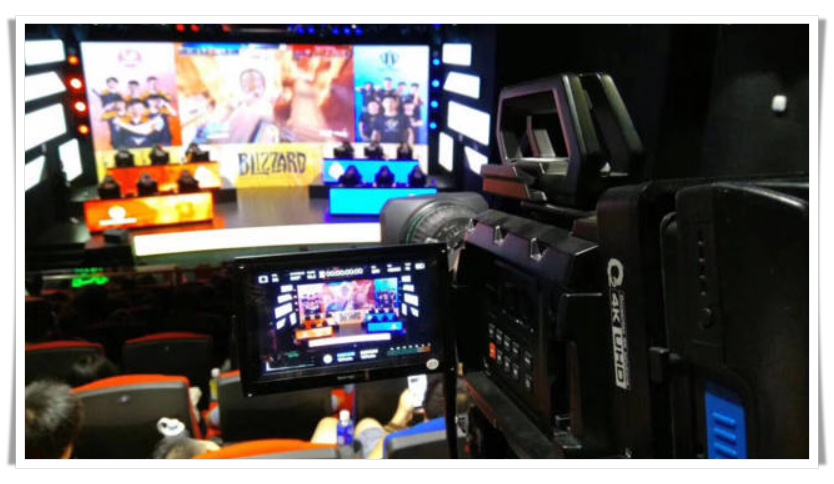With the rise of livestreaming e-commerce in recent years, it has become a popular way for businesses to promote and sell their products. However, this method is not without its drawbacks. In this article, we will explore some of the downsides of livestreaming e-commerce and discuss the concerns they raise.

Livestreaming e-commerce often involves influencers or celebrities promoting products to their followers. While this can attract attention and generate sales, it may lack authenticity. Viewers may question whether the influencer genuinely believes in the product or if they are simply being paid to endorse it. This can lead to skepticism and erode trust in the brand.
One of the major downsides of livestreaming e-commerce is the potential for inaccurate product representation. In traditional e-commerce, customers rely on product descriptions, images, and reviews to make informed purchasing decisions. However, in a livestream, viewers are often unable to examine the product closely or see it from different angles. This can result in disappointment when the product received does not match the expectations set during the livestream.
Livestreaming e-commerce creates a sense of urgency and sales pressure for viewers. Limited-time offers, exclusive discounts, and fear of missing out (FOMO) tactics are commonly used to encourage impulse buying. This can lead to purchases that are not thoroughly considered or researched. As a result, customers may end up with products that they do not actually need or are dissatisfied with.
Another downside of livestreaming e-commerce is the limited interaction and customer support available to viewers. While viewers can leave comments or ask questions during a livestream, the overwhelming number of participants often makes it challenging for hosts to respond to every inquiry. This lack of personalized interaction can frustrate potential customers seeking more information or assistance before making a purchase.
When participating in a livestream to make a purchase, viewers may be required to provide personal information such as their name, address, and payment details. This raises concerns about privacy and data security. Livestreaming platforms and businesses must ensure that proper measures are in place to safeguard customer data and protect against potential breaches or misuse.
While livestreaming e-commerce has its downsides, it also offers numerous benefits for both businesses and consumers. In this article, we will explore some of the advantages of livestreaming e-commerce and how it has revolutionized the way products are marketed and sold.
Livestreaming e-commerce provides a more interactive and immersive shopping experience compared to traditional online shopping. Viewers can see the product in action, ask questions in real-time, and engage with the host or other viewers. This creates a sense of community and excitement, making the shopping process more enjoyable and engaging.
One of the key benefits of livestreaming e-commerce is the ability to showcase products through real-time demonstrations and reviews. Hosts can give detailed explanations, highlight key features, and address any concerns or queries from viewers. This helps potential customers make more informed purchasing decisions.
Livestreaming e-commerce has proven to be highly effective in driving sales conversion rates. The interactive nature of livestreams, combined with limited-time offers and exclusive discounts, creates a sense of urgency and incentivizes viewers to make a purchase. This can result in higher sales conversion rates compared to traditional e-commerce methods.
For businesses, livestreaming e-commerce offers a cost-effective marketing strategy. Hosting a livestream requires minimal equipment and setup costs compared to traditional advertising campaigns. Furthermore, businesses can reach a large audience and target specific demographics by partnering with influential livestream hosts or celebrities.
Livestreaming e-commerce enables businesses to receive immediate feedback from viewers. Through live comments, likes, and shares, businesses can gauge customer reactions, preferences, and sentiments towards their products. This valuable data can be used to improve future product offerings and enhance overall customer satisfaction.
In conclusion, while livestreaming e-commerce has its downsides such as lack of authenticity, inaccurate product representation, sales pressure, limited interaction, and privacy concerns, it also offers numerous benefits including an enhanced shopping experience, real-time demonstrations and reviews, increased sales conversion, cost-effective marketing, and immediate feedback. As this industry continues to evolve, it is important for businesses and livestreaming platforms to address the downsides effectively while maximizing the benefits to provide a safe, transparent, and enjoyable shopping experience for consumers.
 微信扫码
微信扫码
 QQ扫码
QQ扫码
您的IP:10.8.208.110,2025-12-16 12:19:25,Processed in 0.26216 second(s).